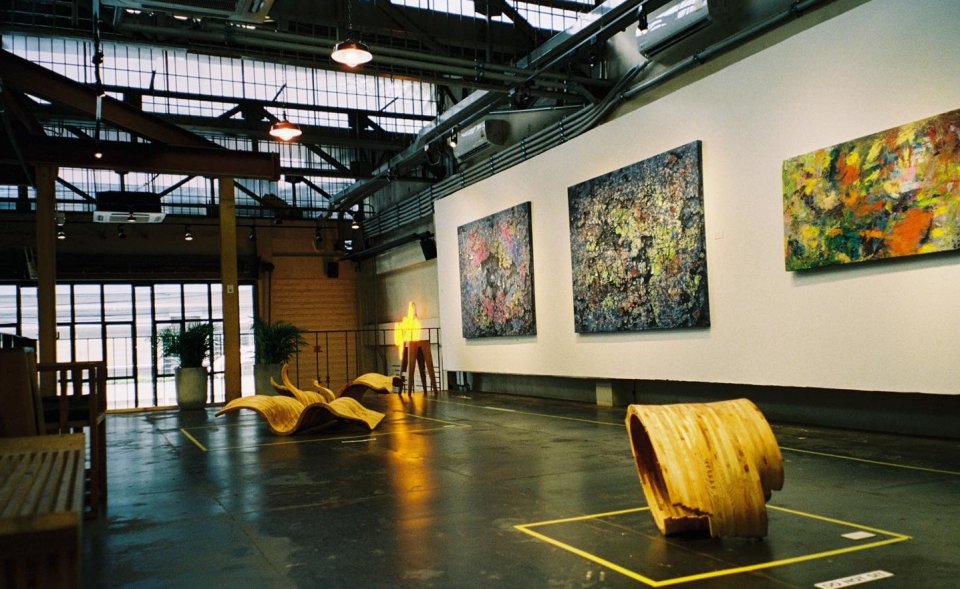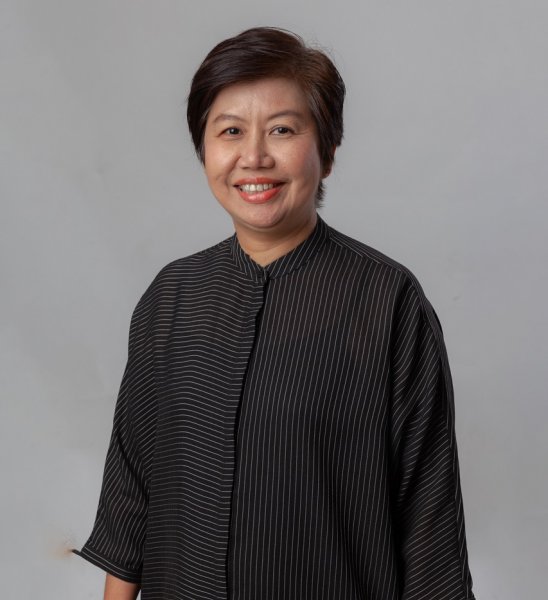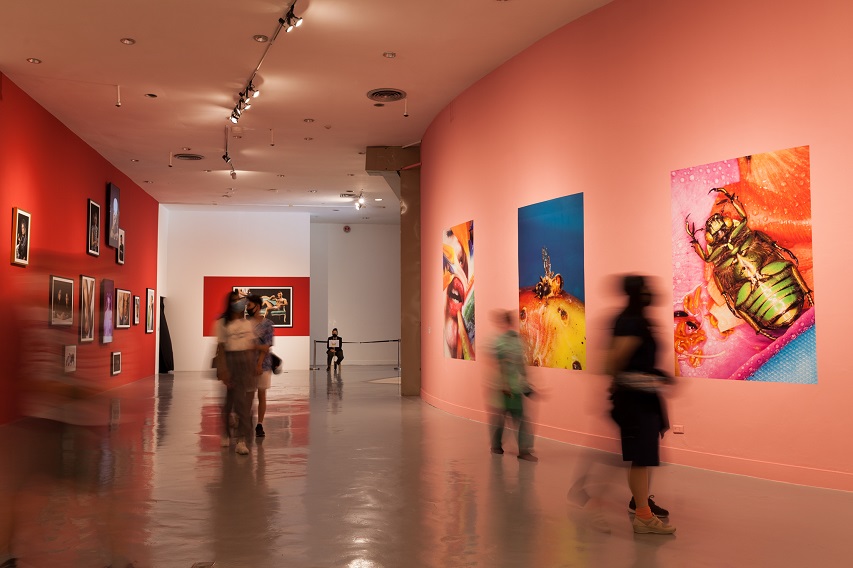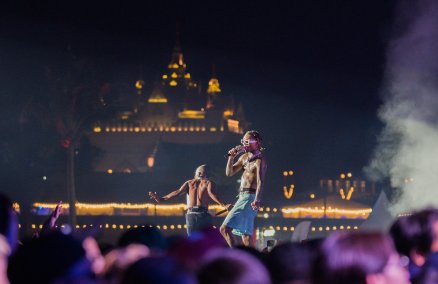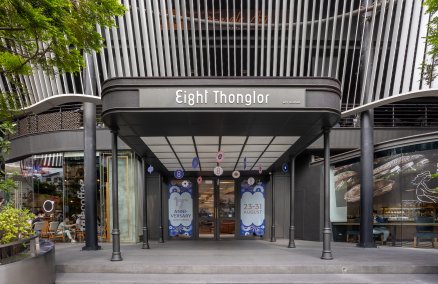Few neighborhoods in Bangkok have so freely adapted to their changing environment like Siam.
Like a concrete chameleon, the area has always managed to acclimate to the city’s shifting social, political, and economic conditions. Credit for that might go to nearby Chulalongkorn University, Thailand’s top-ranked higher learning institution, or the area’s high-octane commercialism, manifest in a murderer’s row of luxury shopping malls—power centers on the city’s social grid.
Whatever its source, Siam’s durability has historically given it outsize importance: trends, ideas, and campaigns—even, perhaps, protests—launched here reach more people than they do elsewhere. Now, some are using the neighborhood’s positioning to propel the city’s art scene.
Pictured: Salyawate "Liang" Prasertwitayakarn
“Many people grew up here. Many shared their first dates here. Siam was always the go-to place for shopping, and for hipsters and students to hang out. Now it’s becoming a creative district, as more and more young Thais are interested in art,” says Salyawate “Liang” Prasertwitayakarn, a co-founder of gallery and creative space
Yelo House who has lived in the area for over 20 years.
Pictured: Luckana Kunavichayanont
Since the opening of the
Bangkok Art and Culture Center (BACC) in 2008, Siam has gradually morphed into the creative hub Liang references. Now, that evolution is happening faster. Yelo House, installation space Passa, the Saratta art shop in the Reno Hotel, art-driven
Chim Chim restaurant at the Siam@Siam, a property that already bills itself as a “design hotel”—a growing number of contemporary art-focused venues give Bangkok residents and visitors new reason to wander around the sois.
“The campaign to build the BACC started 25 years ago. Back then, it was thought that art was hard to understand, so the people behind the campaign insisted the building needed to be situated here, downtown, to be accessible to everyone,” says Luckana Kunavichayanont, director of the BACC.
Today, Bangkok’s relationship with art is much more developed, and the creative industries are flourishing.
Despite its ongoing development, uni haunt Siam Square still bursts with creative energy. Here, you’ll find students out of uniform and in full peacock form, representing the latest street styles sweeping Bangkok; searching for used cameras at pop-up markets in renovated Lido Connect; or popping into Siam Square One for performances at the KBank Siam Pic-Ganesha Theater.
You’ll also spot students mingling with the crowds on the colorful, lily pad-like skywalk between MBK and Siam Discovery, along the graffiti-lined Saen Saep Canal, or inside the BACC, where they swarm both large international exhibitions and student displays.
The interest in art is even influencing Siam’s malls. “MBK has talked with us about collaborating to bring in artists and designers to work on different projects,” Luckana says.
Arguably, the most exciting developments are occurring in the Kasemsan sois, which run along the Saen Saep Canal beside the BACC. The first of the new wave of art spaces to open here, four-year-old Yelo House occupies an old publishing warehouse by the canal on Kasemsan Soi 1, adjacent to Lert’s, a photography studio and film processing lab.
Before Yelo House opened, the soi was better known for its two hotels, LIT and the Reno Hotel, and proximity to the BACC.
“My partners and I came to the conclusion that this area really needed a place where different ideas could come together, [so we] built a creative platform offering art, music, performances, and workshops—a mixed-use space for everyone,” Liang says. “There are so many young people in Siam. We saw the need to provide them a place where they could come and be inspired, see things they’ve never seen or thought of before. That’s what really matters to us.”
Other art-focused venues have begun to bridge past and present. Saratta, for instance, sits inside the Reno Hotel, a former GI haunt built in 1963 that has so far survived the city’s sweeping gentrification. The shop sells limited-edition prints, art supplies, and original pieces, and hotel regularly hosts artists for events and exhibitions. And the
Jim Thompson House, itself a museum for classical Southeast Asian art, has begun to host exciting events like Fruitfull, a communal food festival put on by the folks behind Wonderfruit.
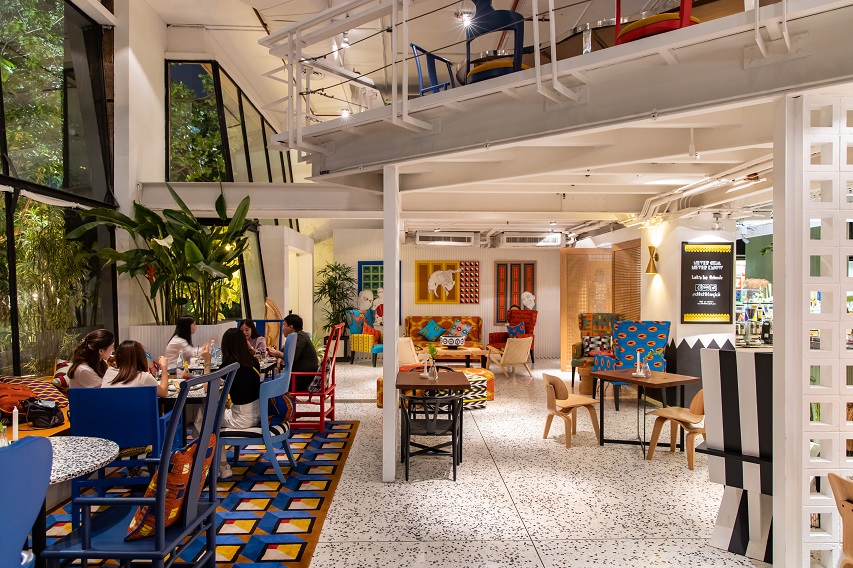
Even the bars and restaurants in the neighborhood go beyond the expected. At Schwedakong Land, Wassapol “Kong” Saengseethong hacks “impossible” meals a schooled chef wouldn’t consider, like manga-inspired dinners and ox testicle delicacies.
Philtration, meanwhile, highlights the community’s past through cocktails inspired by 19th-century herbal medicines. Then there’s Chim Chim. The ground-floor restaurant at the Siam@Siam is filled with artwork and Jim Thompson prints. As part of its Chim Chim Art Project, the restaurant also displays a selection of multimedia works from Thai and international artists. Its mezzanine hosts workshops led by local artists and artisans, too.
“We need more avenues for new artists,” says Boualem Arezki, creative marketing director at Siam@Siam. “With Chim Chim, we wanted to create a space that shows art is easily approachable. The setting—whether it’s a gallery or a cafe or a restaurant—doesn’t decrease the value of the art. Art is part of every day.”
All these spaces, along with nearby galleries like JWD Art Space and the Chamchuri Art Gallery at Chulalongkorn, speak to the growth of the arts in Thailand as much as the steady development of Siam.
“Ultimately, we want the art to reach the masses,” says Luckana. “We just want art to be there with everyone.”
By Craig Sauers and Veerabhatr Sriyananda











